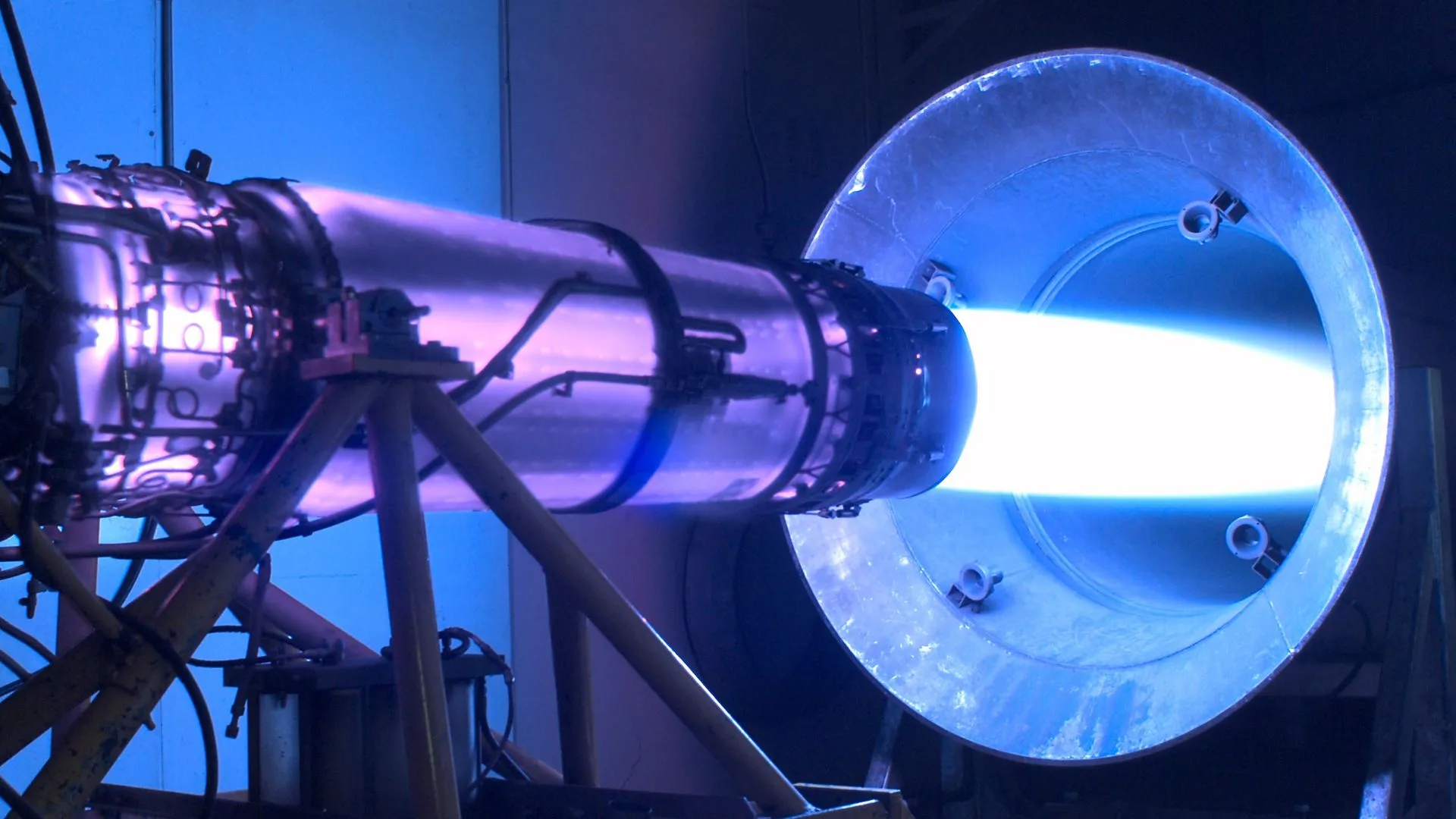
Researchers have designed lightweight and powerful fuel cells using 3D printing and a coral-inspired structure.
Developed by the Technical University of Denmark, this new design is called the Monolithic Gyroidal Solid Oxide Cell (or The Monolith).
Interestingly, the fuel cell is “fully ceramic,” eliminating the heavy metal components that comprise over 75% of a conventional fuel cell’s weight.
Fuel cells are a versatile technology used in various industries, such as hydrogen cars.
The tech also serves as a power supply for hospitals, data centers, and ships.
The ability to generate power and store energy through electrolysis makes them highly valuable for stabilizing renewable energy systems.
Developed in just five steps
The mathematically optimized design uses a triply periodic minimal surface (TPMS), specifically a gyroid.
It’s designed to have the largest possible surface area while being as light as possible. This architecture allows gases to flow freely, improving heat distribution and increasing mechanical stability.
Interestingly, the Monolith fuel cell is exceptionally powerful for its weight, producing over one watt per gram.
“Currently, using electricity-based energy conversion, such as batteries and fuel cells, doesn’t make sense for aerospace applications,” said Venkata Karthik Nadimpalli, a senior researcher and corresponding author.
“But our new fuel cell design changes that. It’s the first to demonstrate the Watts to gram ratio – or specific power – needed for aerospace, while using a sustainable, green technology,” explained the author.
Besides being lighter, the new DTU fuel cells offer several advantages that could make them a “game-changer.”
The fuel cell demonstrated impressive durability by withstanding extreme conditions, including temperature swings of 100°C.
Also, the team repeatedly switched the fuel cell between power-generating and power-storing modes and noticed no structural failure.
Additionally, when used in electrolysis mode, the fuel cells are capable of producing “hydrogen at a rate nearly ten times” faster than standard models.
Furthermore, the new monolithic ceramic fuel cell design is particularly compelling because of its simplified manufacturing process.
In comparison, the conventional solid oxide cell stacks require dozens of steps and use multiple materials that degrade over time.
In contrast, the new design is created in just “five steps.” This process eliminates heavy metal components and fragile seals, making the system more durable.
Applications in space missions and aerospace
The development could benefit the aerospace industry.
A standard commercial jet requires 70 tons of jet fuel to operate.
If you were to replace that fuel with equivalent energy from lithium-ion batteries, the batteries would weigh 3,500 tons—making the plane too heavy to fly.
Similarly, conventional fuel cells are also too heavy for aerospace applications, as their design relies on flat, heavy stacks with metal parts that account for over 75% of the system’s total weight.
This weight has so far limited the use of fuel cells in mobile applications like aviation.
However, the new fuel cell overcomes this challenge with its lightweight design.
Moreover, the high resilience of the new fuel cells makes them ideal for demanding space missions, such as NASA’s Mars Oxygen ISRU Experiment (MOXIE).
The MOXIE project, which produced oxygen from the Martian atmosphere, used equipment that weighs over six tons.
The new, lighter fuel cell design could perform the same task at a weight of just 800 kg, which would drastically reduce the cost of a space launch.
The researchers believe the design can be further improved.
“Still, I believe that we can improve the system further using thinner electrolytes, cheaper current collectors, like silver or nickel instead of platinum, and even more compact designs,” stated Nadimpalli.
The findings were published in the journal Nature Energy.



